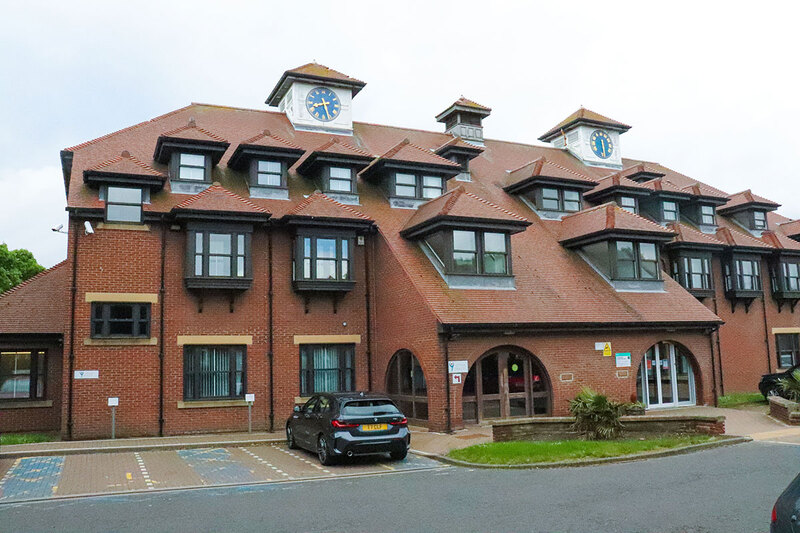As the weather begins to turn colder, there are checks you can do around your home to ensure everything is working correctly in time for winter.
Check your radiators
You might not have used your radiators over the summer months, so it is important to check they are working before the winter.
When your boiler is running, check the temperature at the top and bottom of your radiators. If the top part of your radiator is colder than the bottom half, the radiator has trapped air in it. If more than one radiator is cold, we need to check your entire heating system.
To remove trapped air and make your radiators more efficient, you need to bleed your radiators. To bleed a radiator, you need a radiator key and a dry cloth.
Follow these steps to bleed a radiator.
- Switch off your central heating and let the system cool.
- When the system is cool, find the square bleed screw at one end of your radiator.
- Place the dry cloth under the bleed screw to soak up the small amount of water that comes out.
- Put the radiator key into the screw and turn it carefully and slowly to the left until you hear a hissing sound as the trapped air escapes. Only turn the key 2 times so the screw stays in the radiator.
- When the hissing stops, carefully and slowly turn the screw to the right but avoid tightening it too much.
It is important to do this before winter if you use your radiators less during the summer.
Check your boiler’s pressure
Make sure your boiler’s pressure gauge is between 1 and 1.5 bar. If it is lower than 1 bar or in the red, your boiler pressure is too low.
How you increase your boiler pressure depends on your boiler. These steps are for the most common boilers we have in our properties.
- Turn your boiler off.
- Under your boiler there will be a filling loop. This may be a flexible hose or rigid hose or pipe that connects 2 water pipes. There will be 1 or 2 taps at either end. These may be grey, blue or black. If there are no taps, there may be a white oval-shaped handle.
- Turn the handle or taps to the left so they are in the same direction of the hose. You will hear water running and see the boiler pressure gauge increasing.
- When the pressure is at 1.5 bar, turn the handle or taps to the right so they are back in their original position, 90 degrees to the hose or pipe.
- If the pressure stays up and there are no obvious leaks, turn your boiler back on.
After you have used your boiler and it has cooled down, check the pressure has stayed above 1 bar. If it is below 1 bar or if you regularly need to increase your boiler’s pressure:
- use My Gentoo to report a repair
- call 0191 525 5000 to report a repair
If your boiler is not working, check your condensate pipe
Your condensate pipe can often freeze over causing your boiler to stop working. If this does happen and the pipe is easily and safely accessible outside, you can unblock this by pouring warm water over it.
Please make sure you do this safely, away from children and never carry boiling water.
Ways to keep your home warm
If you have long curtains fitted to the windows, tucking these behind the radiators can help keep the heat inside your home.
Keeping the doors closed helps to block out any draughts and keep the heat inside each room.
Open your blinds and curtains when the sun is shining. The natural sunlight can help warm up a room.
Reduce condensation and prevent damp
Condensation is more likely to happen in the colder weather. It happens when moist air inside a home touches a cold wall or surface.
To reduce condensation, you can:
- keep your home warm by having a consistent warm temperature inside
- keep a window open or turn your extractor fan on when you are cooking or bathing
- keep your loft hatch closed
- arrange your furniture so it is not placed against a radiator
If you have damp or mould in your home, call 0191 525 5500. The phone line is open Monday to Thursday, from 8:30am to 5pm, and Friday, from 8:30am to 12:30pm.
Find out more about reducing condensation and dealing with damp.
Test your smoke detectors
As we use our boilers more in the winter, it is important to test your smoke detector.
Press and hold the test button for 3 seconds until you hear an alarm. When the alarm starts, you can stop holding the button. The alarm means the detector is working. The detector will sound for several seconds and stop automatically.
Never remove the batteries from your carbon monoxide and smoke detectors.
If the alarm is slow or starts to beep periodically, call 0191 525 5000 to report a repair. We will replace your smoke detector when you need a new one.
Prepare the outside of your home for a storm
Preparing your home before a storm can help prevent structural damage and keep you safe. Before a storm, you can:
- remove any loose or weak branches from trees in your garden
- secure garden fences, sheds and other things like trampolines and benches in your garden
- put away or secure outdoor furniture
- unblock gutters and drains
- park your vehicle somewhere safe and make sure there are no loose items around it
Check if you are eligible for help with your energy costs
Our Money Matters Team can give advice about government funding for energy bills. This includes helping with:



